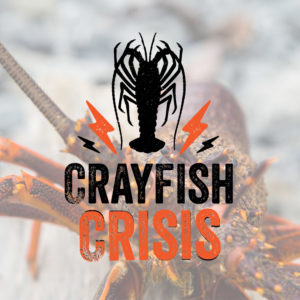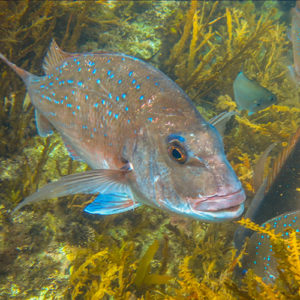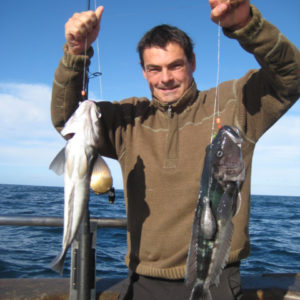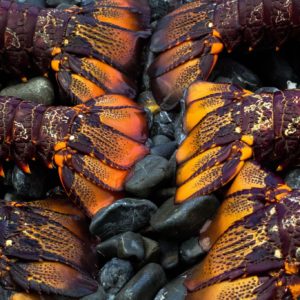LegaSea has responded to the Ministry for Primary Industries’ annual review of rock lobster sustainability measures. The MPI discussion paper proposed the following changes to the Total Allowable Commercial Catch from April 1st this year:
The submission by our New Zealand Sport Fishing Council team supports the reductions in CRA3 and CRA4, while rejecting the increase in CRA7 in favour of a more conservative approach.
Legasea has developed an easy to read one page summary of the crayfish submission.

Our concern is that these proposals assume last year’s commercial catch rates, in kilos of crayfish per pot lift, are a good measure of the size of the crayfish stock in that area. But there are many factors that can change where and when crayfish are caught.
The Management Procedures developed by fisheries scientists take account of some variables but not all. They also rely on the self-reporting of commercial catch, including the weight of legal crayfish released, and the number of pots lifted each day. These figures can be easily manipulated to show a more favourable catch rate, to make the fishery look “healthier”.
In our view, Management Procedures benefit a small group of commercial interests but are starting to fail, leaving the public to suffer from depleted ecosystems, impacting on our access to crayfish.
The commercial catch in CRA 4 (Hawke’s Bay, Wairarapa, Wellington) was set too high in the old Management Procedure which is about to be replaced. Too late, the stock is now in serious decline.
The Management Procedure in CRA 2 (East Auckland, Coromandel & Bay of Plenty) is showing that there is currently no need to change the commercial catch limit this year. This comes despite the revelation that crayfish stocks in the Hauraki Gulf are considered functionally extinct and commercial interests have decided to “shelve”, not harvest, 25% of their catch limit. This highlights how inadequate this method is and the need for a shift to a more reliable, conservative system.
To make matters worse the commercial industry currently has a concession in place in CRA 3 and CRA 7, allowing the harvest of male crayfish that would be undersize to the non-commercial sector. The proportions of the current catch that falls into this concession are not reported separately so we are unsure as to the number of young crayfish being scooped up before anyone else can think about touching them.
Simply, if the Minister is to make decisions in order to provide for people’s social, economic and cultural wellbeing, as is his statutory obligations, he must ensure that the new management settings will provide for all New Zealanders.
This would mean the removal of the unfair commercial concession and setting more precautionary catch limits.
Crayfish are slow growing, long lived creatures and an integral part of our inshore ecosystems. We must not let the high prices for live crayfish in China cloud our judgment over what best for New Zealand as a whole. That it is still economic to catch lest than 300 grams per pot lift in CRA 2 says more about increased commercial efficiency than sound and sustainable management.
LegaSea is promoting the submission made by our New Zealand Sport Fishing Council fisheries team advocating for more conservative management of our crayfish stocks. If you would like a summary of that submission download it for free.
Sign up to LegaSea and join the thousands who support abundant fisheries.
Crayfish – One-page summary
Crayfish – Full submission
Crayfish – 2017 process.





